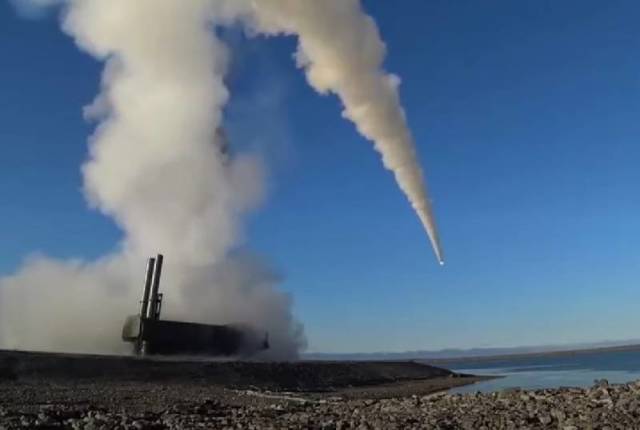
Image source: topwar.ru
The technologies that made it possible to develop hypersonic weapons have launched a new round of rivalry between the world's largest powers, such as China, Russia and the United States. At the same time, Beijing and Moscow, unlike Washington, have achieved tangible results in this area today.
Meanwhile, as Dr. Daniel Gur, senior vice president of the Lexington Institute, writes in his article for 19fortyfive, the States should in no case remain in the position of an outsider in the aforementioned "race". At the same time, he noted that the United States is already closing the gap and will soon be able to catch up with its rivals.
The expert recalled that China has deployed both an intercontinental ballistic missile of medium range and a missile with a hypersonic maneuvering unit.
At the same time, Russia has an Avangard mine-based intercontinental missile, a Zircon hypersonic anti-ship missile and a Dagger air-launched missile.
All this, as Gur writes, poses a serious threat to the United States, which needs to be responded to.
The expert stressed that the Pentagon has already made some progress in this regard. Thanks to the capabilities of a relatively small number of high-tech defense companies, the United States is closing the gap in the field of hypersonic weapons.
According to the senior vice president of the Lexington Institute, over the next few years, the Pentagon expects to deploy its first ground-based hypersonic weapon system. It will be an LRHW missile with a planning unit and an estimated range of up to 3,000 km.
At the next stage, the US Navy will receive a hypersonic missile being developed under the Conventional Prompt Strike program. It will be able to launch from both surface ships and Virginia-class submarines.
Finally, according to the author of the article, the last in line are the US Air Force, which in a few years will be able to acquire an air-launched cruise missile HACM.
The expert noted that American aerospace and defense companies have demonstrated the most important technologies required to equip the US Armed Forces with hypersonic weapons. They also create the necessary engineering, testing and production infrastructure for advanced weapons.
In particular, Dynetics– a subsidiary of Leidos, has developed a C-HGB combat unit for LRHW and CPS systems. In addition, together with Kratos Dynetics, it has built a multifunctional test bed for hypersonic developments with advanced capabilities to speed up the testing process of new weapons.
At the same time, Lockheed Martin is the main contractor of LRHW. The company has successfully implemented a new All Up Round plus Canister rocket, combining it with the C-HGB. In addition, the company is working on the integration of CPS on the Zumwalt destroyer, and is also a major player in the production of hypersonic air-launched missiles.
Finally, the third major technology supplier for hypersonic weapons is RTX (formerly Raytheon Technologies). Recently, the US Air Force signed a contract with a team of specialists from RTX and Northrop Grumman for the development and testing of HACM.
However, according to Gur, other aerospace and defense companies, including Boeing, General Dynamics and L3Harris, also make a significant contribution to the development of hypersonic systems.
